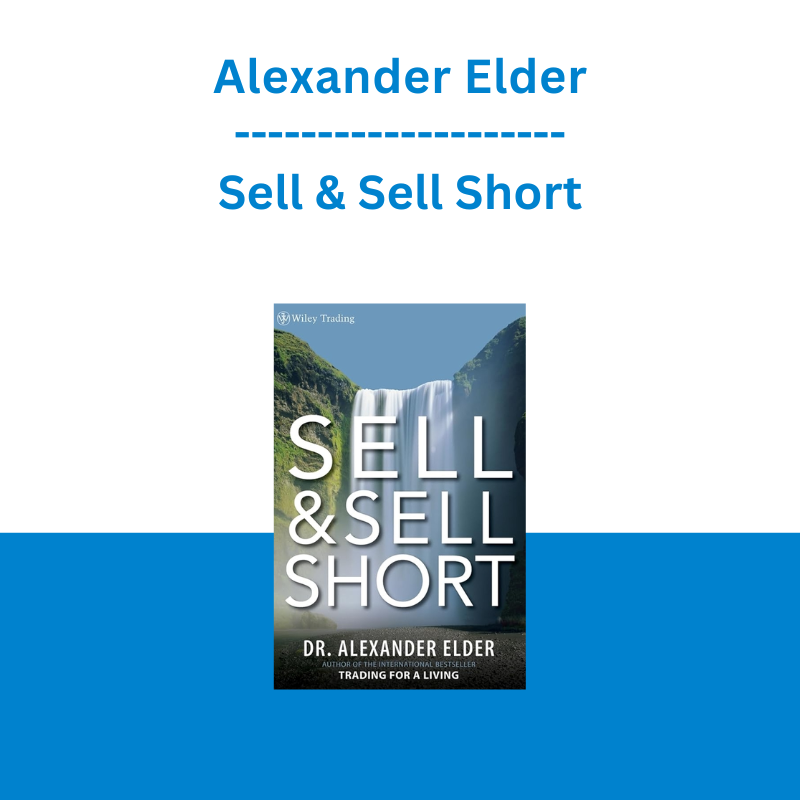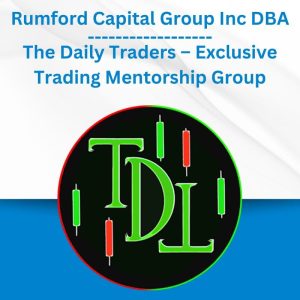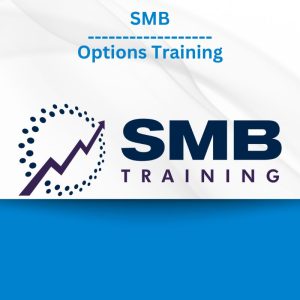*** Proof of Product ***
Exploring the Essential Features of “Alexander Elder – Sell & Sell Short”
In Sell and Sell Short, Dr. Alexander Elder examines one of the most overlooked aspects of trading and reveals how you can protect and profit from your trades by exiting them the right way. Throughout the book, he explains how to set profit targets and stop-loss orders prior to entering any trade. He also shares real-world examples that show how to manage your position by adjusting your exit points as a trade unfolds. Along the way, Elder also addresses short selling.
Editorial Reviews
From the Inside Flap
Study Guide for Sell and Sell Short
Be sure to work through the companion volume to Sell and Sell Short before risking a dollar in the markets. This Study Guide contains 115 questions and answers, including 17 chart studies. Each question challenges you to focus on some essential aspect of successful trading. Answers to the questions provide detailed explanations of why some replies are right and others are wrong.
The three parts of this Study Guide cover all the major areas of trading:
- How to buy, manage money, and keep records
- How to sell
- How to sell short
Each part includes its own rating scale, encouraging you to measure your level of competence. Now you can discover and fill in any gaps in your knowledge before risking money. Use Dr. Elder’s Study Guide together with Sell and Sell Short to make the most of your time as you learn to take advantage of market opportunities.
Dr. Elder asserts that all traders should learn to short. He shows what to look for at market tops and how to jump onto a downtrend. He explains how to use important indicators of short selling activity, such as the short-interest ratio. A special chapter is dedicated to shorting non-equity instruments, such as futures, options, and forex.
Many beginners approach selling in a vague and indecisive manner. Sell and Sell Short offers traders the essential lessons, rules, and instructions all traders need. This book will help you make the right choices in the markets and put you on the road to trading success.
From the Back Cover
Sell and Sell Short
Selling is the hard part of trading. If the stock we buy rises, when do we take profits? If our stock falls, when do we bite the bullet and exit the trade? If our stock stagnates, when do we say enough is enough and move on to another opportunity? Every serious trader must make these decisions.
Beginners and amateurs invest the bulk of their time in looking for new trades. Many become pre-occupied with finding some magic combination of indicators that will always identify good stocks. They assume that if they get the entry right, the trade will take care of itself. Professionals, on the contrary, understand that monitoring the reward-to-risk ratio of an open position and exiting at the right price and time is absolutely fundamental to their success.
If perfection is possible anywhere, it is certainly not in trading. No one can consistently pick the absolute tops and bottoms. Good trading means taking reasonable profits and limiting losses. Reaching for extremes is not a viable long-term strategy. Leaving some money on the table is a normal and even positive thing. When it comes to profits in trading, the power word is “enough.” A mature trader knows when to exit.
In Sell and Sell Short, Dr. Alexander Elder explains how to set profit targets and stop-loss orders prior to entering any trade. He shares real-world examples that show how to manage your position by adjusting your exit points as the trade unfolds. Specifics include:
- How to control risk by linking the placement of your protective stop with your money management and position size
- Where not to put your protective stops
- Why using moving averages as profit targets works well in the early stages of an upmove
- Why channels or envelopes are better targets when you are riding a trending stock
- How to use support/resistance areas for profit targets and stop losses in long-term position trades
- How to adjust your targets when market conditions change or your stock blows through the initial profit target
Stocks go down as well as up, but most market participants only go long—effectively throwing out half of their profit opportunities. Dr. Elder shows that stocks tend to fall twice as fast as they rise. This provides great opportunities for faster profits in selling short, but calls for different strategies than when trading from the long side.
Shorting—profiting from market declines—is one of the favorite games of market professionals, and they account for the bulk of shorting in most markets. Whenever you see a situation in which the mass of amateurs is crowding one side of an issue, while the more experienced and better capitalized professionals are on the opposite side, ask yourself—which side is more likely to win? That is the side of the market which you want to be on.
It pays to run your trading account like a hedge fund, with some long and some short positions at any given time, shifting their balance as your view of the market changes. Being comfortable with selling short allows you to wrestle with the market while standing on both feet. This is a much more comfortable position for a battle than standing on only one foot—only going long.
About the Author
Dr. Alexander Elder is a trader and a teacher of traders. He is the author of Trading for a Living (a bestseller translated into a dozen languages), Come Into My Trading Room (2002 Barron’s Book of the Year), and Entries & Exits (2007 SFO Magazine Book of the Year). Dr. Elder lectures for leading financial institutions worldwide and runs annual Traders’ Camps. Many of his own trades are featured in this book.
Alexander Elder, MD, is a professional trader and a teacher of traders, based in New York. He is the author of several best-sellers, considered modern classics among traders. He also wrote books about Russia and New Zealand.
Dr. Elder was born in Leningrad and grew up in Estonia, where he entered medical school at the age of 16. At 23, while working as a ship’s doctor, he jumped a Soviet ship in Africa and received political asylum in the United States. He worked as a psychiatrist in New York City and taught at Columbia University. His experience as a psychiatrist provided him with unique insight into the psychology of trading. Dr. Elder’s books, articles, and software reviews have established him as one of today’s leading experts on trading
Dr. Elder is the originator of Traders’ Camps—week-long classes for traders. He is the founder of the Spike group whose members share their best stock picks each week in competition for prizes. He continues to trade and is a sought-after speaker at conferences in the US and abroad.
Product details
Publisher : Wiley; 1st edition (May 5, 2008)
Language : English
Please see the full list of alternative group-buy courses available here: https://lunacourse.com/shop/










 SMB - Options Training
SMB - Options Training